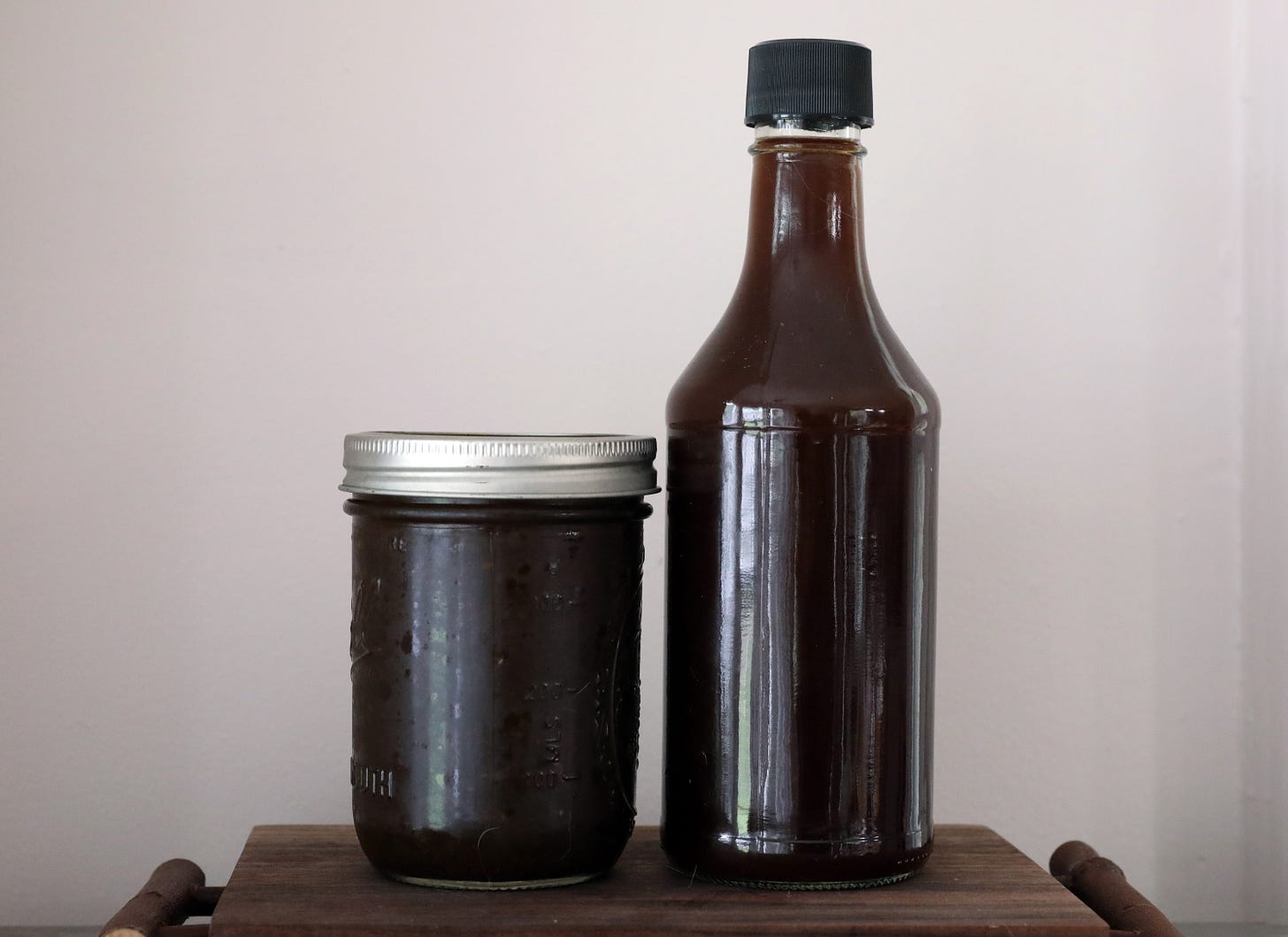Stacking Ferments, Layering Flavors
Mixtures can be much more than the sum of their parts
When we’re making a traditional or familiar ferment, we’re generally making a standalone pickle or condiment—something complete, and ready to eat as is (like kimchi) or to be used in whatever ways we choose (like miso). Experimental ferments, however, might not turn out as expected, or might not be home runs in terms of flavor. I’m not talking about fai…



